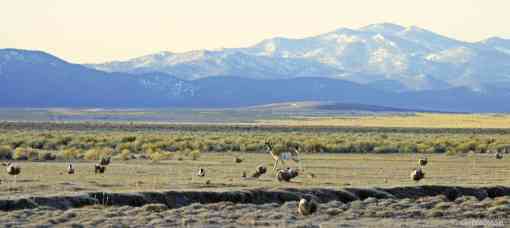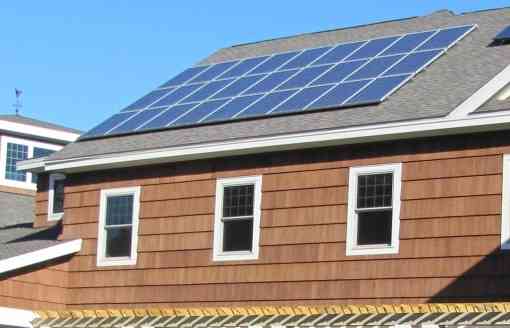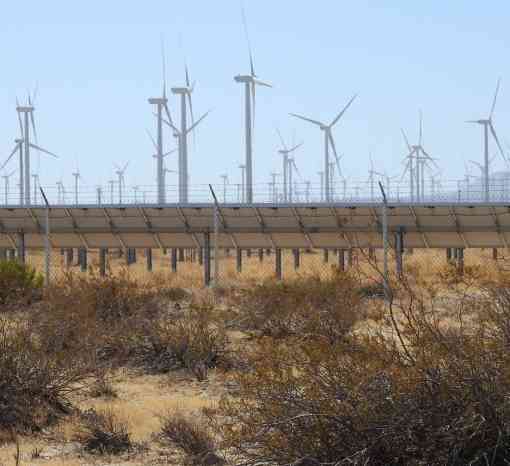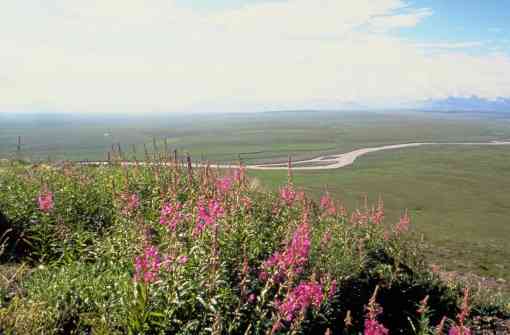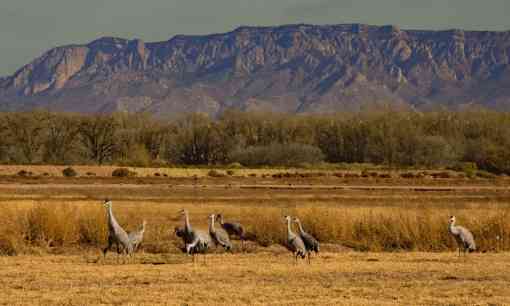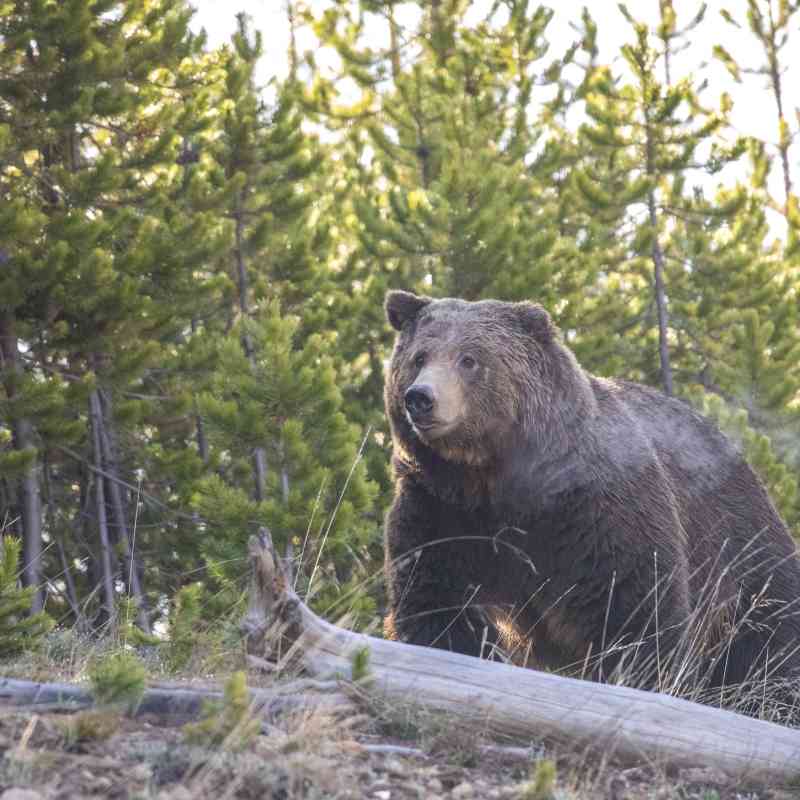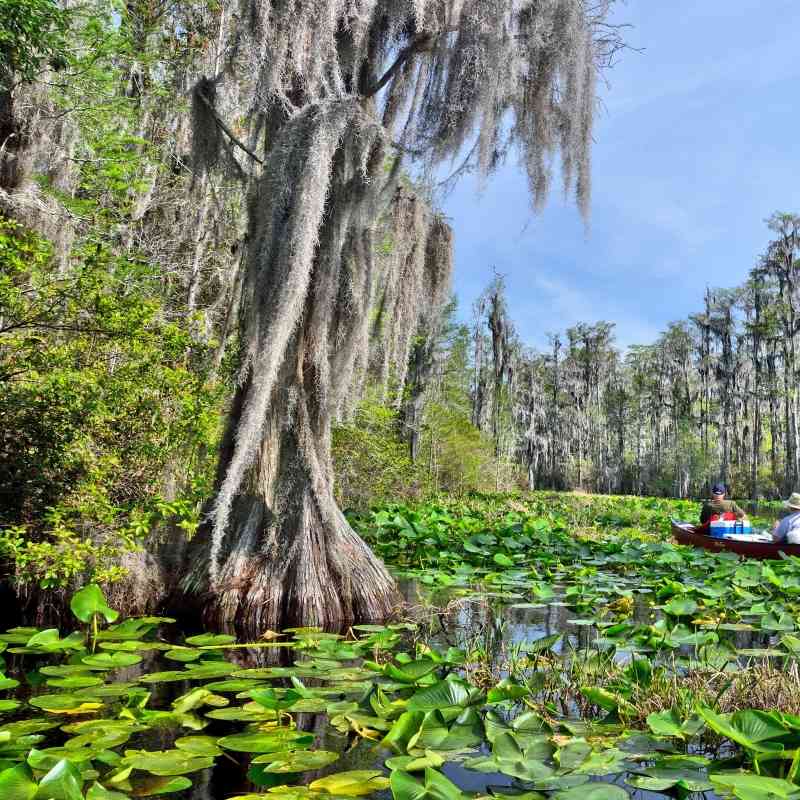2020 has been a year of trials and tribulations, but among those were triumphs as well, and Defenders of Wildlife’s Landscape Conservation department was well equipped to handle the adversity and opportunities of the past year. We are comprised of our climate adaptation team, which focuses on national climate issues above and below the ground; our federal lands team, which advocates for the conservation and protection of our public lands and resources and protection of species we love like Greater sage-grouse; our private lands team tackles wildlife conservation issues on private farm and forest lands, and our renewable energy team works on the siting and transmission of renewable energy and its effects on wildlife across the nation.
Landscape Conservation is uniquely positioned to advocate for wildlife conservation and habitat protection across public and private lands as well as habitat and species from our offices across the nation. We entered the year with the submission of extensive comments, policy recommendations, attendance of working group meetings, and collaborations with other NGOs and agencies to address the administration on its damaging rollbacks to key environmental laws. We will be working hard in the coming year to repair this damage, and to launch new proactive campaigns to protect species and their habitats working in partnership with the Biden-Harris administration.
The Landscape Conservation team has grown exponentially over the year. We are excited about the return of a former Defender as our new VP, Jim Lyons with decades of experience who joined us in October. Our new department coordinator, La’ Portia Perkins joins us from the beaches of Southeastern Virginia. Our new Private Lands Policy Analyst, Renee Albrecht joins us from the windy city of Chicago and our new Senior Federal Lands Policy Analyst, Mariel Combs joins us from Portland, Oregon. We are so excited to have a growing team of vibrant, enthusiastic, and hardworking individuals.
Our renewables program worked alongside The Nature Conservancy to complete the Long Island Solar Roadmap report and solar story map, which will be rolled out in January. The roadmap shows how Long Island can make significant contributions to New York's transition to renewable energy. Long Island has ample low-impact sites —large rooftops, parking lots and previously disturbed lands —for locating commercial and utility-scale solar energy without impacting forested lands and other ecologically important areas. Through our work, we’ve identified enough potential renewable electricity to power 4.8 million New York homes per year and more electricity than the region uses annually.
The renewables team also kicked off a nine-part webinar series called Wind Energy & Wildlife. This series was organized by Defenders and the National Renewable Energy Laboratory (NREL) to inform stakeholders about wind energy development, improve communication, reduce wind-wildlife conflicts and facilitate successful permitting of wind energy projects.
The private lands team hosted a workshop at the Land Trust Alliance Rally on the 30x30 goal and federal resources available for land trusts to conserve wildlife. They submitted recommendations to the U.S. Department of Agriculture on Farm Bill conservation programs for wildlife, including the Environmental Quality Incentives Program and the Regional Conservation Partnership Program, to enhance the wildlife benefits of those programs. The Farm Bill is the largest source of federal funds for wildlife conservation on private lands (and two-thirds of the land in the Lower 48 is in private ownership), so the contribution of these programs to conservation is critical for wildlife. And the private lands team worked with Defenders’ field conservation teams and other partners to develop a successful application for a Natural Resources Conservation Service (NRCS) Conservation Innovation Grant to study nonlethal predator deterrence practices in Montana.
The federal lands program was busy in 2020 protecting wildlife across the nation’s public lands which cover nearly one-third of the West. On national forest lands, we continued to press for protections for at-risk species like grizzly bears, Canada lynx, bison, native trout and black-footed ferrets. We fought the administration’s efforts to rollback protections for the greater sage-grouse and the Sagebrush Sea which is home to over 350 species of wildlife and considered the most endangered ecosystem in North America. As well we provided public comment on the aggressive and misguided efforts to lease public lands for oil, gas, and mining – including in priority habitats for the greater sage-grouse – which pose a significant risk to the grouse and other wildlife in this important ecosystem.
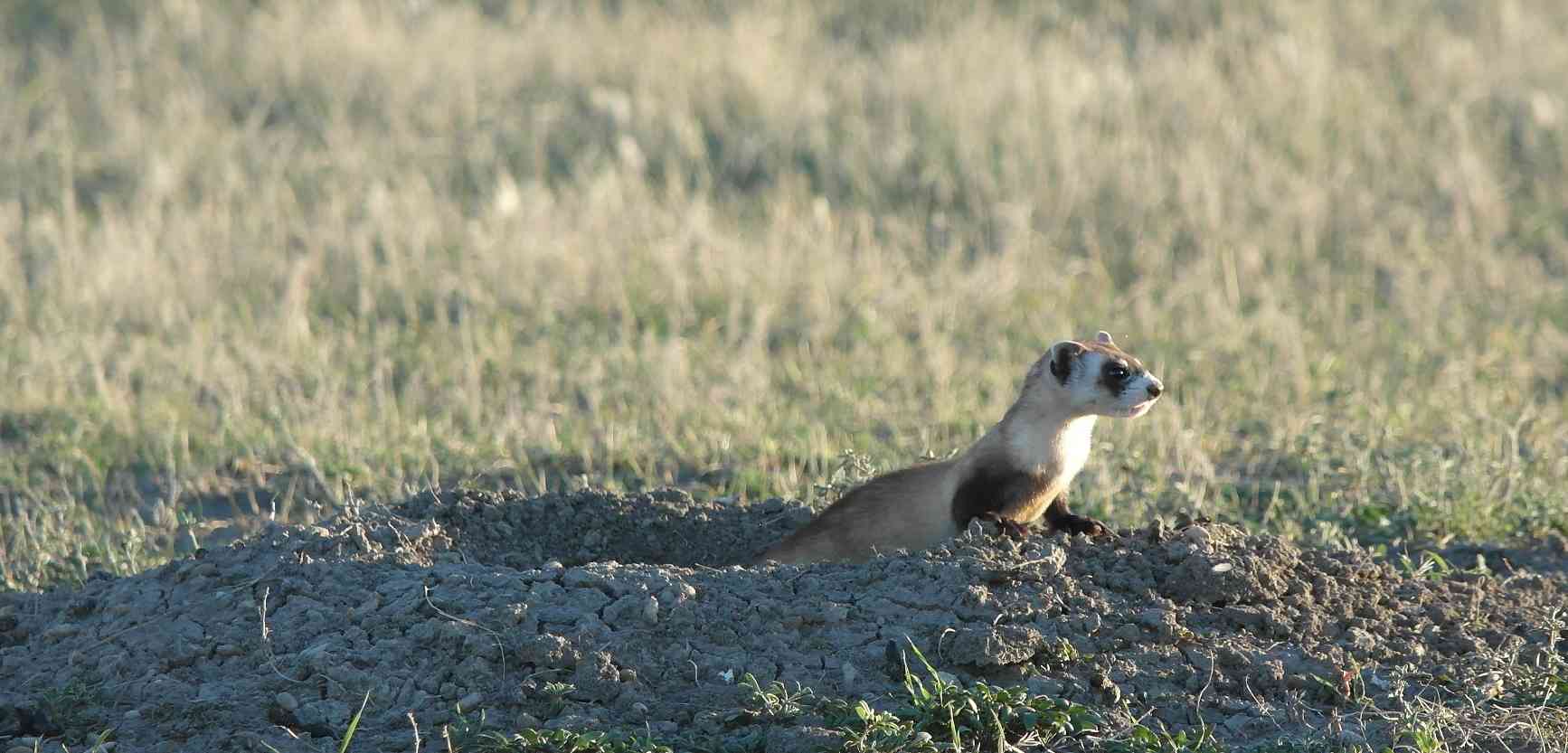
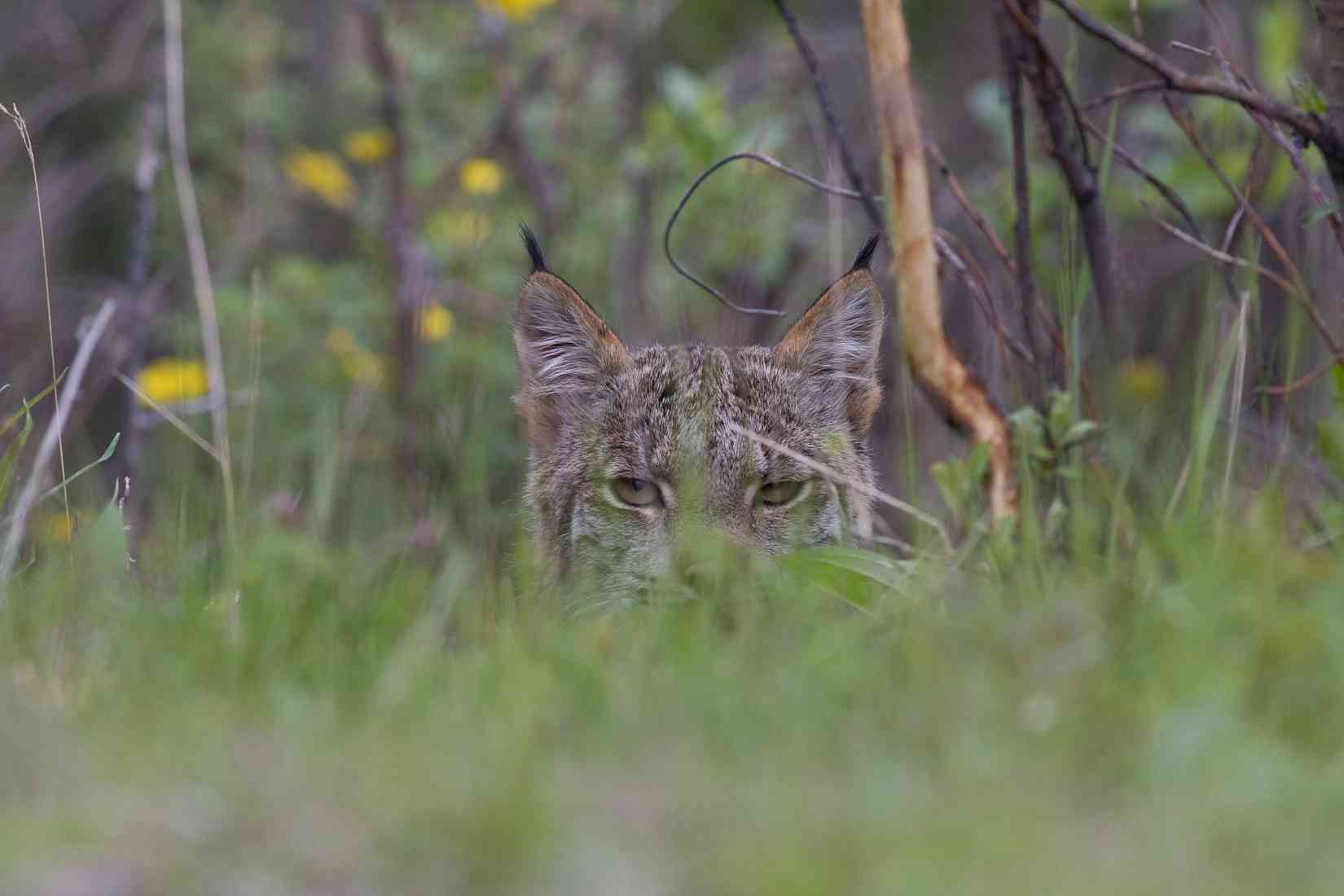
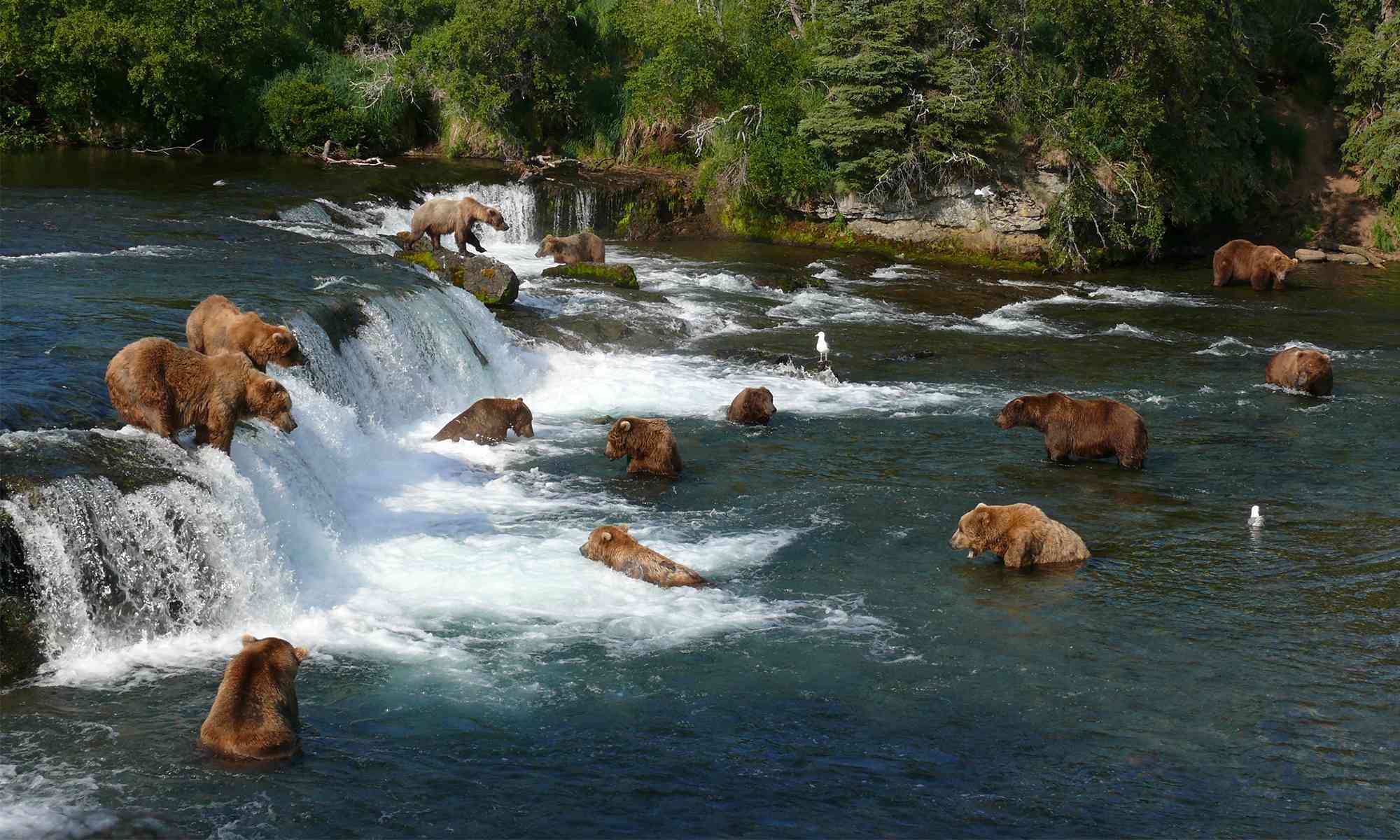
We also worked to preserve the integrity of the National Wildlife Refuge System; America’s only land management system dedicated solely to the conservation of wildlife. From Arctic National Wildlife Refuge to the great swamps of Okefenokee National Wildlife Refuge, Defenders’ federal lands campaigners tirelessly pushed back on proposals to exploit our priceless refuges. With the help of our colleagues in government relations, we won a significant victory in thwarting military training expansion into Desert National Wildlife Refuge in Nevada!
The climate adaptation team collaborated with partners in the National Fish, Wildlife and Plants Climate Adaptation Network to compile recent science on climate change impacts to species and ecosystems and recommendations on how to help wildlife and plants adapt to these changes. We also collaborated within Defenders, helping the Center for Conservation Innovation identify and map climate refugia—those places that will experience less severe climate effects—as well as habitat corridors—key places for wildlife movement in response to climate change. These will be important lands to protect. Finally, the House Select Committee on the Climate Crisis released a comprehensive set of recommendations on legislative strategies to reduce carbon emissions and protect people and wildlife from climate change. The report included extensive recommendations that we had provided. All this work will help the new administration as it focuses on better protections to help species and habitats adapt to climate change.
As we end this year, we are excited about the opportunities 2021 presents our programs and endeavors, especially considering a new administration. The last four years have truly been tough for conservation.
In 2021, instead of constantly being on the defensive for wildlife and their habitat as we have largely been for the past four years, we look forward to the opportunity to practice proactive conservation: a push for 30 x 30 - to conserve 30% of U.S. land and water by 2030; a campaign to expand the National Wildlife Refuge System; a strategy to protect old-growth forests and improve national forest management; a plan to expand wildlife conservation and climate mitigation efforts on private lands; our aim to mitigate climate change and ensure that new, clean energy is developed “smart from the start”; and our commitment to serve a diverse and inclusive set of American citizens and nature advocates.
Our vision is clear, and our opportunities are abundant.
See you in 2021 Defenders!
Author
comments
Wildlife & Wild Places


